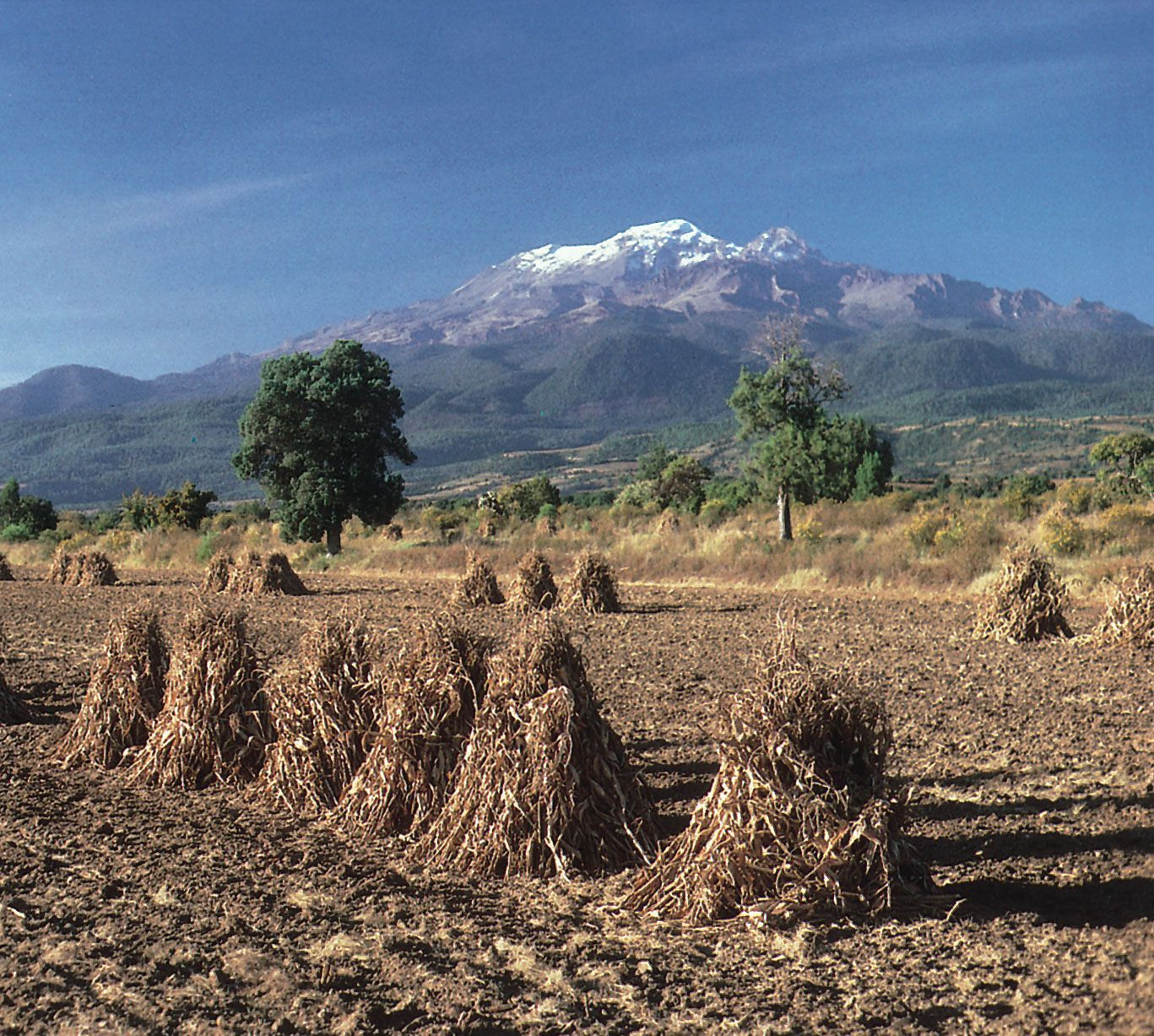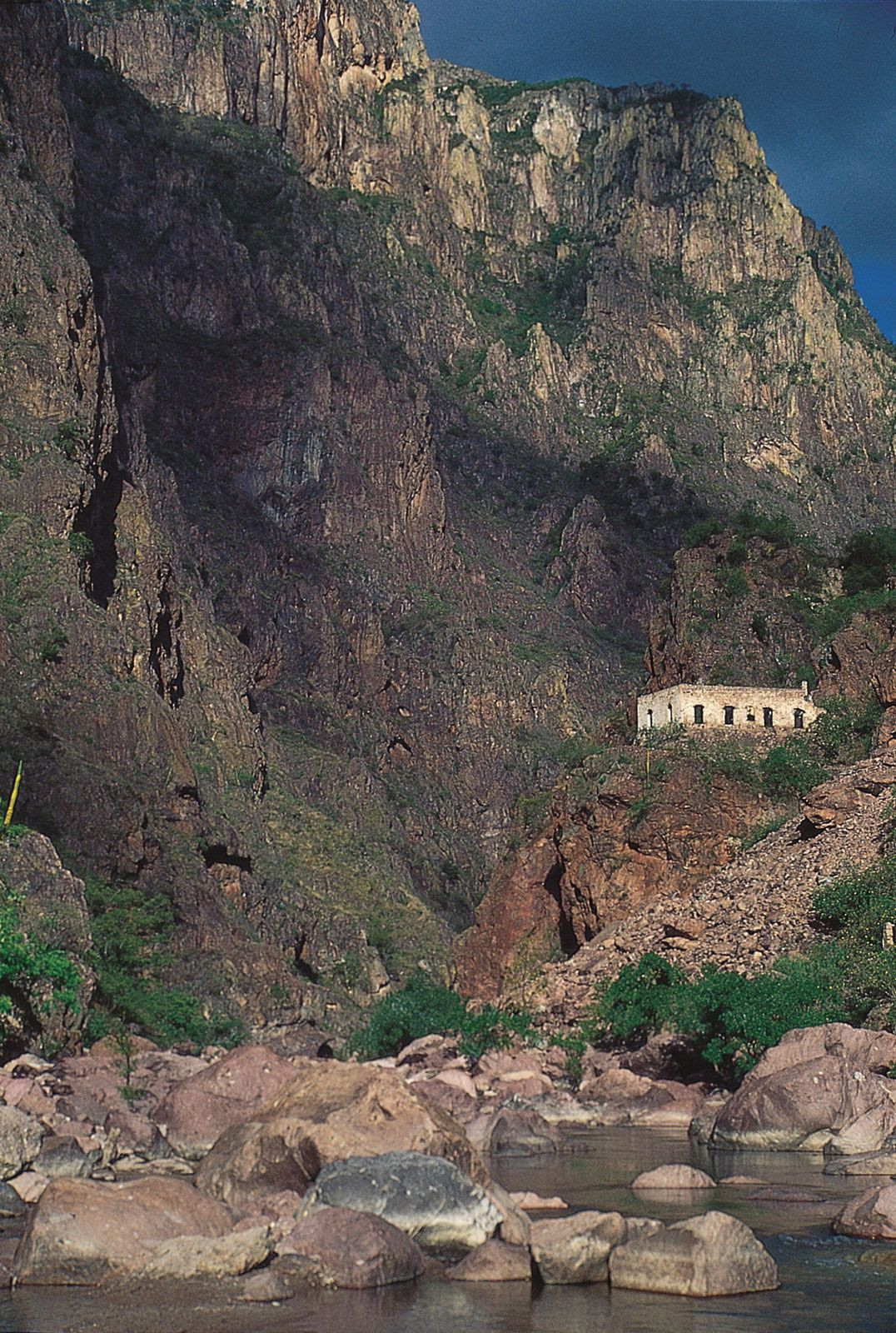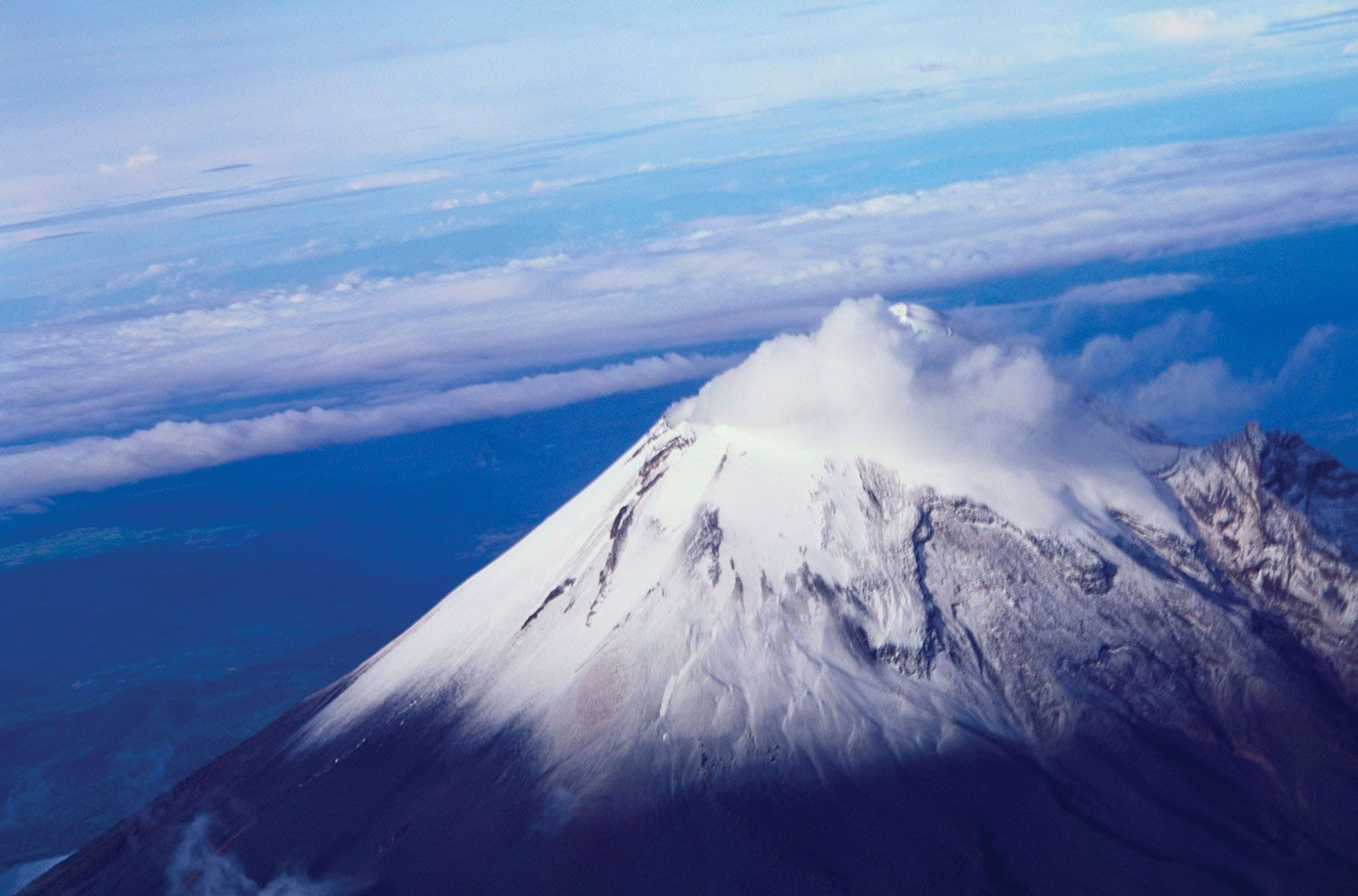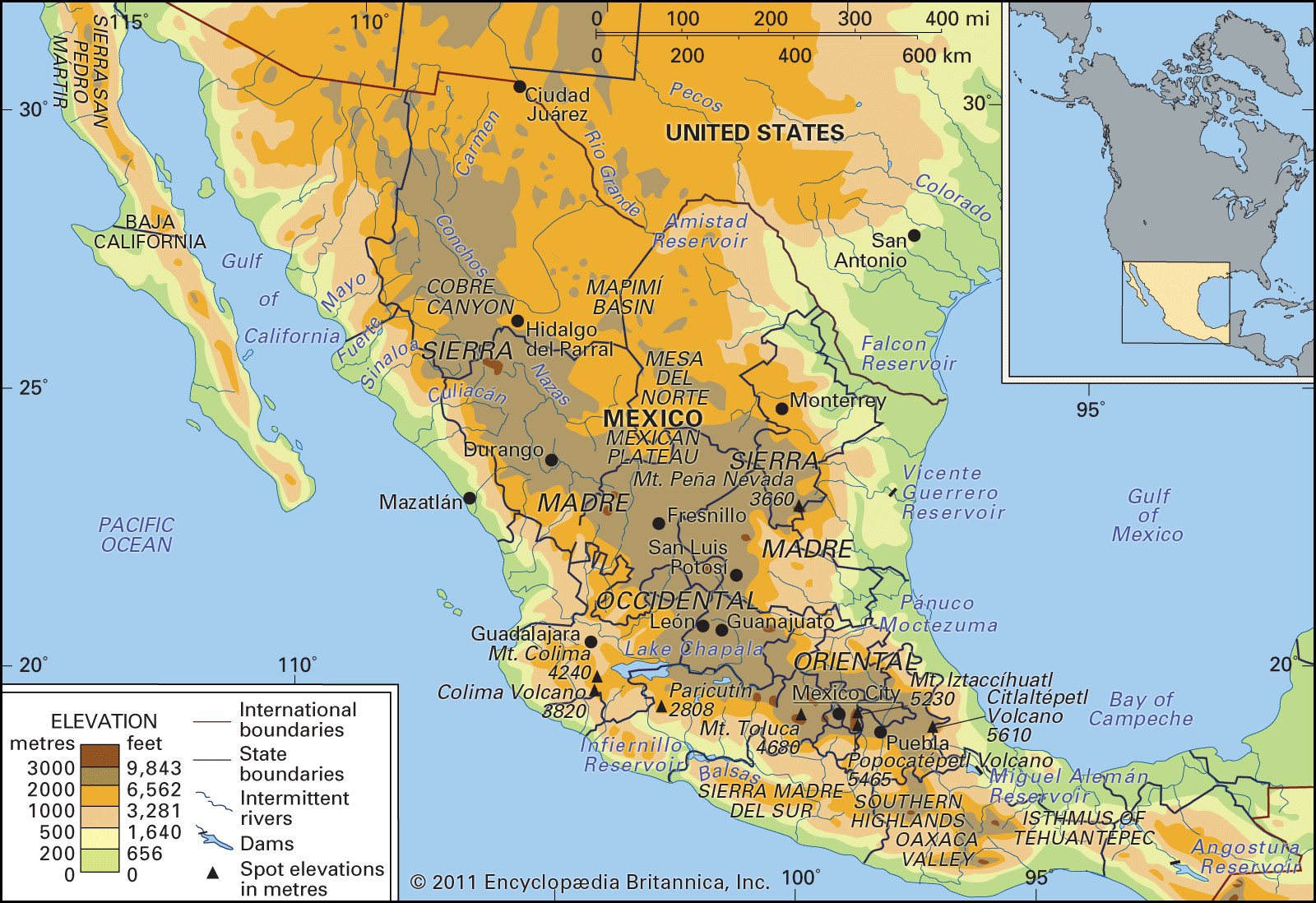Mexico, a land of vibrant culture and rich history, is also geographically diverse. From arid deserts to lush rainforests and towering mountains, the country’s landscape is as varied as its heritage. Understanding Mexico’s physiographic regions is key to appreciating its unique natural beauty and the factors that have shaped its civilization. Mexico is divided into nine major physiographic regions, each with distinct characteristics that contribute to the country’s overall geographical tapestry. Let’s delve into some captivating facts about these regions, offering a journey through the remarkable landscapes of Mexico.
Baja California: Unveiling the Arid Peninsula
The Baja California peninsula, located in northwestern Mexico, is an isolated and strikingly arid landmass. Stretching between the Pacific Ocean and the Gulf of California (also known as the Sea of Cortez), this peninsula is a unique geographical entity. Politically, it’s divided unevenly between the states of Baja California and Baja California Sur. It extends nearly 800 miles (1,300 km) in length but rarely exceeds 100 miles (160 km) in width.
The peninsula’s backbone is a granitic fault block, featuring mountain peaks that soar to over 9,000 feet (2,700 meters) above sea level in the Sierra San Pedro Mártir and Sierra de Juárez ranges. The western slopes of these mountains gently descend towards the Pacific, contrasting sharply with the steep eastern escarpment that plunges towards the Gulf of California. This eastern side presents significant challenges for access and traversal. Adding to its desert landscape, the Sonoran Desert extends onto the peninsula’s northern end along the Gulf, emphasizing its arid nature.
Pacific Coastal Lowlands: A Contrast of Desert and Farmland
Moving south from Mexicali and the Colorado River delta, we encounter the Pacific Coastal Lowlands. This region stretches approximately 900 miles (1,450 km) southward, terminating near Tepic. It borders the Gulf of California and traverses the states of Sonora, Sinaloa, and Nayarit. To the east, the lowlands are sharply defined by the steep Sierra Madre Occidental. The landscape here is a blend of coastal terraces, mesas, and small basins, interspersed with fertile river deltas and narrow coastal strips.
While the northern section of these lowlands is dominated by the expansive Sonoran Desert, a remarkable transformation occurs in certain areas. Through irrigation, parts of the lowlands have been converted into highly productive farmland. This contrast highlights the resourcefulness of human adaptation to diverse Mexican environments.
Vast expanse of the Sierra Madre mountains in Mexico, showcasing the rugged terrain.
Mexican Plateau: The Heartland of Mexico
The largest and most densely populated region of Mexico is the inland Mexican Plateau. This expansive plateau is nestled between the Sierra Madre Occidental and Sierra Madre Oriental mountain ranges, forming the country’s geographical heart. The plateau is further divided into two main sections: the vast Mesa del Norte (Northern Plateau) and the smaller, yet heavily populated Mesa Central (Mesa de Anáhuac).
The Mesa del Norte begins near the U.S. border and extends across large portions of the states of Chihuahua, Coahuila, Durango, Zacatecas, Jalisco, and Aguascalientes, ending near San Luis Potosí city. From this point, the Mesa Central continues southward, reaching just south of Mexico City. The plateau exhibits a gentle upward tilt from north to south. In its northern reaches, the Mesa del Norte sits at an elevation of approximately 4,000 feet (1,200 meters) above sea level. The landscape across the plateau is characterized by relatively flat intermontane basins and bolsones (inland drainage basins that are often dry), punctuated by mountainous outcrops. Notably, the Chihuahuan Desert, a significant desert ecosystem, covers a substantial portion of the northern plateau, an area larger than the state of California in the United States.
Mesa Central: A Fertile and Historic Region
The Mesa Central encompasses large parts of the states of Michoacán, Guanajuato, Querétaro, Hidalgo, and México, as well as the Federal District (Mexico City). Its southern end rises to elevations between 7,000 and 9,000 feet (2,100–2,700 meters) in the vicinity of Mexico City. Compared to the Mesa del Norte, the Mesa Central is generally moister and flatter. It’s segmented into a series of relatively level intermontane basins separated by eroded volcanic peaks.
The valleys within the Mesa Central are typically small, rarely exceeding 100 square miles (260 square km) in area. Among the fertile basins is the Bajío (El Bajío, or the Basin of Guanajuato), historically known as the “breadbasket” of Mexico, located in the northern part of the Mesa Central. Historically, many of these basins were sites of major lakes that were drained to facilitate settlement, particularly by European and mestizo populations. In the Mexico City area, the remaining weak and structurally unstable soils have presented engineering challenges, causing historical buildings like the Metropolitan Cathedral to shift and sink unevenly over time.
 Iztaccíhuatl volcano, Puebla state, Mexico1 of 3
Iztaccíhuatl volcano, Puebla state, Mexico1 of 3
Snow-capped Iztaccíhuatl volcano overlooking cornfields in Puebla, central Mexico, showcasing the agricultural richness of the Mesa Central region.
Sierra Madre Occidental: Mexico’s Western Mountain Barrier
Forming the western edge of the Mexican Plateau is the Sierra Madre Occidental, a predominantly volcanic mountain range. It boasts an average elevation of 8,000–9,000 feet (2,400–2,700 meters) and extends for approximately 700 miles (1,100 km) from north to south. Westward-flowing streams have deeply carved into these mountains, creating a dramatic landscape of gorges, known as barrancas. The most famous example is the Copper Canyon (Barranca del Cobre) complex in southwestern Chihuahua state, a spectacular natural wonder.
 Copper Canyon, Chihuahua state, Mexico
Copper Canyon, Chihuahua state, Mexico
Miner overlooking the breathtaking Copper Canyon in the Sierra Madre Occidental, Chihuahua, a testament to Mexico’s dramatic landscapes.
Sierra Madre Oriental: The Eastern Folded Mountains
On the eastern side of the Mexican Plateau rises the Sierra Madre Oriental, a mountain range composed of folded shales and limestones. Often considered a southern continuation of the Rocky Mountains (interrupted by the Rio Grande but resuming in New Mexico and western Texas), it stretches roughly 700 miles (1,100 km) from north to south before merging into the Cordillera Neo-Volcánica. Its average elevations are similar to the Sierra Madre Occidental, with some peaks exceeding 12,000 feet (3,650 meters). These mountains are significant for their mineral wealth, containing major deposits of copper, lead, and zinc.
Cordillera Neo-Volcánica: Mexico’s Volcanic Belt
The Cordillera Neo-Volcánica, also known as the Neo-Volcanic Axis or Trans-Volcanic Axis, is a geologically active mountain range. This chain of smoldering cinder cones connects the Sierra Madre Occidental and Sierra Madre Oriental at the southern edge of the Mesa Central. Traversing Mexico from Cape Corrientes on the west coast to Xalapa and Veracruz on the eastern coast, it forms a stunning mountainous backdrop for the states of Jalisco, Michoacán, Guerrero, México, Morelos, and Puebla, as well as the Federal District.
This volcanic range is home to iconic peaks like Citlaltépetl, Popocatépetl, and Iztaccíhuatl. Parícutin, one of the world’s youngest volcanoes, dramatically emerged from the fields of Michoacán between 1943 and 1952, highlighting the region’s ongoing geological activity. The Cordillera Neo-Volcánica is also rich in mineral resources, including silver, lead, zinc, copper, and tin. Immediately south of this range lies the hot, dry Balsas Depression, named after the major river that drains the area, characterized by irregular basins and hilly outcrops.
 Citlaltépetl, Veracruz state, Mexico
Citlaltépetl, Veracruz state, Mexico
Majestic Citlaltépetl (Orizaba Peak), Mexico’s highest point, located in Veracruz, showcasing the volcanic beauty of the Cordillera Neo-Volcánica.
Gulf Coastal Plain: Mexico’s Eastern Lowlands
In contrast to the Pacific coast, the Gulf Coastal Plain is significantly wider and extends approximately 900 miles (1,450 km) along the Gulf of Mexico. It stretches from Tamaulipas state (bordering Texas) through Veracruz and Tabasco states to the Yucatán Peninsula, incorporating the Tabasco Plain in its southeastern part. The northern, triangular portion of the plain is marked by lagoons and low-lying swampy areas, reaching a width of over 100 miles (160 km) near the U.S. border before narrowing southward.
An interesting interruption occurs north of the port of Tampico, where an outlier of the Sierra Madre Oriental reaches the sea, breaking the continuity of the Gulf Coastal Plain. South of this point, the plain becomes narrower and more irregular, widening again at the northern end of the Isthmus of Tehuantepec.
Southern Highlands: Rugged Terrain and Tourist Gems
The Southern Highlands are a complex region of deeply dissected mountain ranges and plateaus, encompassing the Sierra Madre del Sur, Mesa del Sur, and the Chiapas Highlands (also known as the Sierra Madre de Chiapas). On the southwestern side, stretching from approximately Puerto Vallarta to the Gulf of Tehuantepec, are the relatively low ranges of the Sierra Madre del Sur. These crystalline mountains reach elevations of 7,000–8,000 feet (2,100–2,400 meters) and often meet the sea, creating a rugged coastline, part of which is known as the Mexican Riviera.
This coastal area has become a major tourist destination, featuring alluring resorts such as Ixtapa-Zihuatanejo, Acapulco, and Puerto Escondido. However, the inland basins of the Southern Highlands present a more challenging environment, particularly for traditional peasant farmers. Further northeast lies the Mesa del Sur, characterized by stream-eroded ridges and small, isolated valleys at elevations of 4,000–5,000 feet (1,200–1,500 meters) above sea level. The picturesque Oaxaca Valley, the largest and most populated of these valleys, is home to a predominantly indigenous population and is one of Mexico’s economically poorer areas.
Bisecting the Southern Highlands is the Isthmus of Tehuantepec, a low-lying and narrow land bridge, reaching an elevation of less than 900 feet (275 meters). Its central hilly region descends to narrow coastal plains in the south and to the Tabasco Plain in the north.
Panoramic view of Acapulco, a famous coastal resort in the Southern Highlands, showcasing Mexico’s alluring tourist destinations.
Chiapas Highlands: Mountains of Central American Extension
The Chiapas Highlands represent an extension of the mountain ranges of Central America. Within these highlands, the low, crystalline Sierra de Soconusco range runs along the Pacific coast. To the northwest, parallel to the coast, lies the Grijalva River valley. A group of highly dissected, folded, and faulted mountains is situated between this valley and the Tabasco Plain, which itself is a southeastern extension of the Gulf Coastal Plain. The region also has active volcanoes, including El Chichón, which caused significant devastation in 1982.
Yucatán Peninsula: Limestone Plains and Cenotes
The Yucatán Peninsula is located northeast of the Tabasco Plain, projecting northward and separating the Gulf of Mexico from the Caribbean Sea. This peninsula is characterized by its limestone (karst) terrain, which is generally uneven and pockmarked but rarely exceeds 500 feet (150 meters) in elevation. Surface drainage is minimal here; instead, subterranean erosion has created extensive caverns and sinkholes known as cenotes, formed by the collapse of cavern roofs. Off the northeastern tip of the peninsula lie the islands of Cozumel and Mujeres, close to the booming resort city of Cancún.
Conclusion:
Exploring the physiographic regions of Mexico reveals a country of immense geographical diversity. From the arid Baja California peninsula to the volcanic peaks of the Cordillera Neo-Volcánica and the limestone landscapes of the Yucatán Peninsula, each region offers unique characteristics and facts that contribute to Mexico’s rich natural and cultural heritage. Understanding these regions provides a deeper appreciation for the complexities and wonders of this North American nation.

 Acapulco, Mexico
Acapulco, Mexico